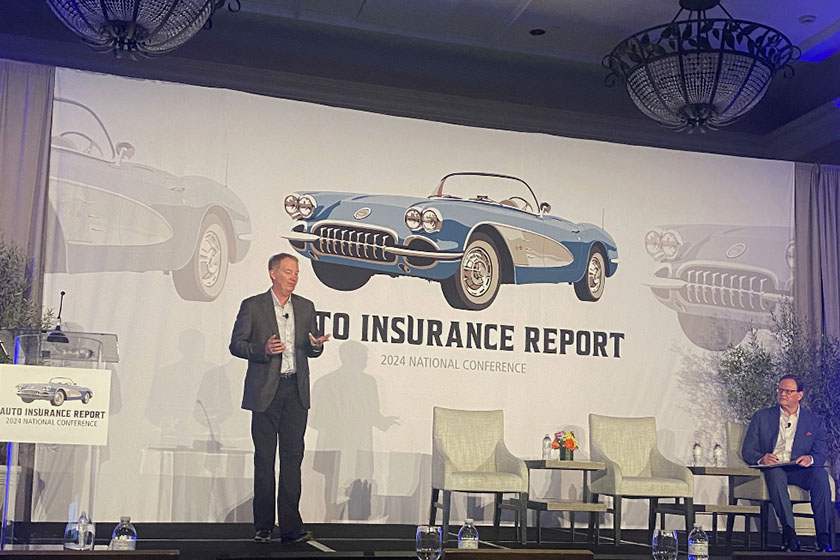Arity at AIR 2024: Latest driving trends’ impact on auto insurance
Five key takeaways from Arity President Gary Hallgren’s session at Auto Insurance Report (AIR) National Conference.
Read article


Arity + Clear Channel Outdoor at POSSIBLE: New data, new media for marketers
Director of Product Marketing Jennifer Gold shares three key highlights from her masterclass at POSSIBLE 2024.
Read article

Protecting drivers: Auto insurance and the future of mobility
It’s time to reinvent how we all approach risk on our roads. Here are three ways auto insurers can protect their customers.
Read article

Traffic takeaways: The Baltimore bridge collapse
How did the Francis Scott Key Bridge collapse impact Baltimore’s traffic patterns?
Read article
